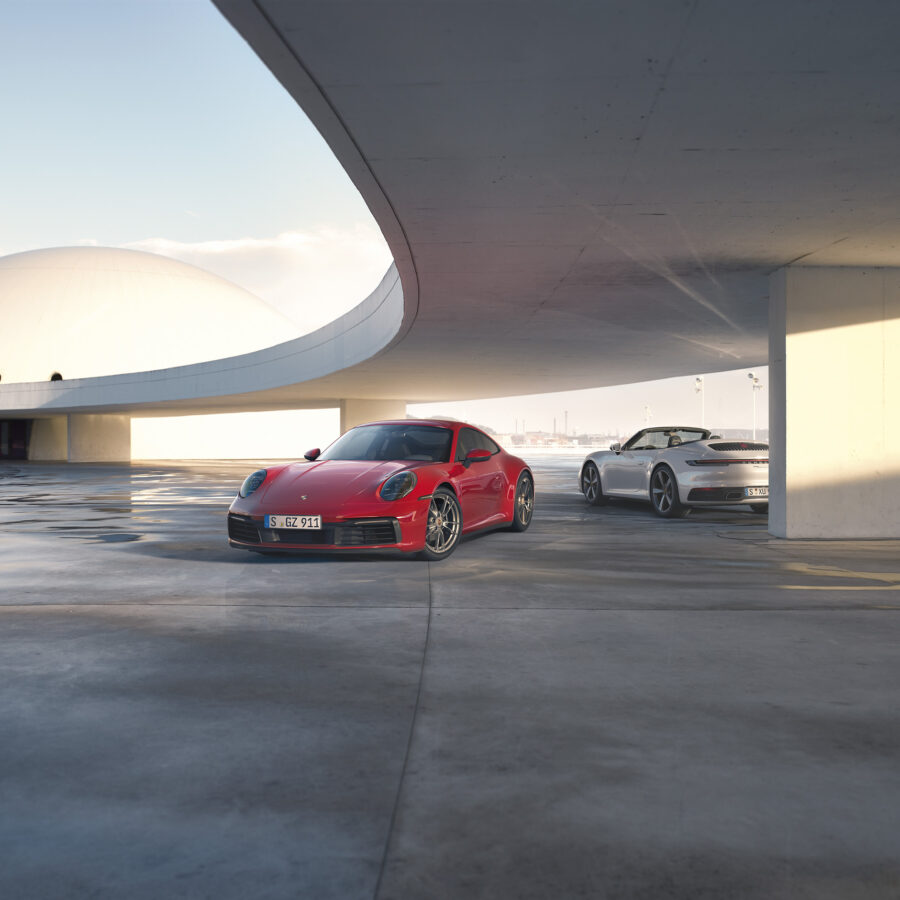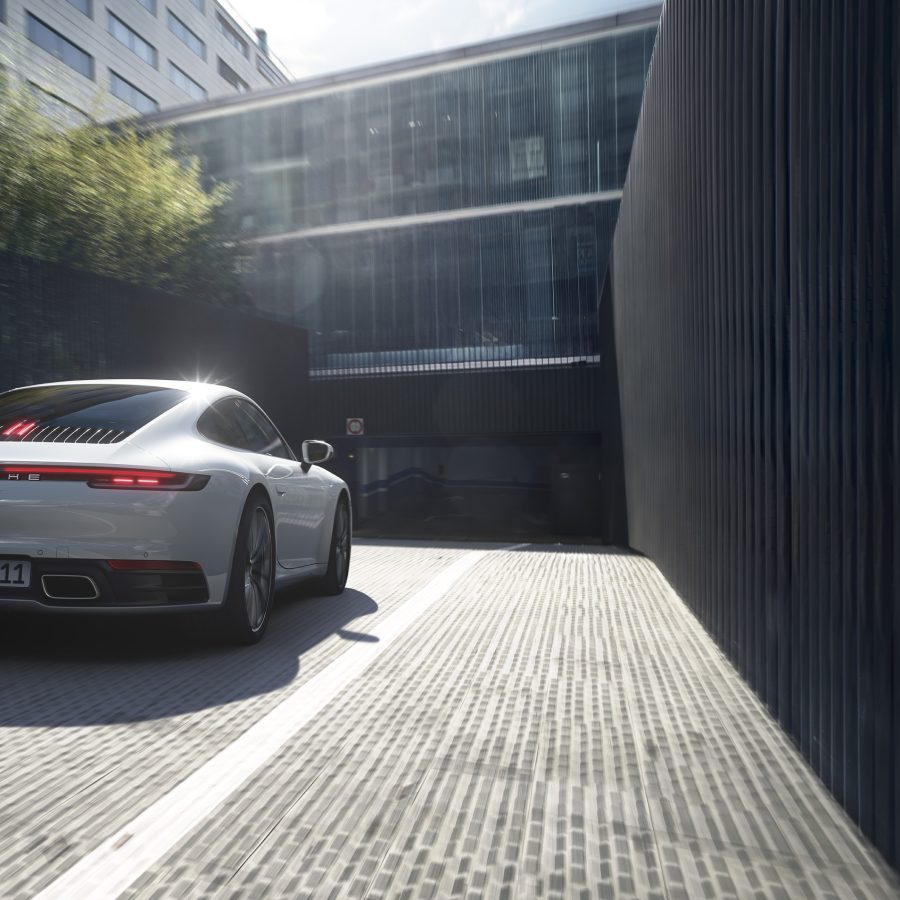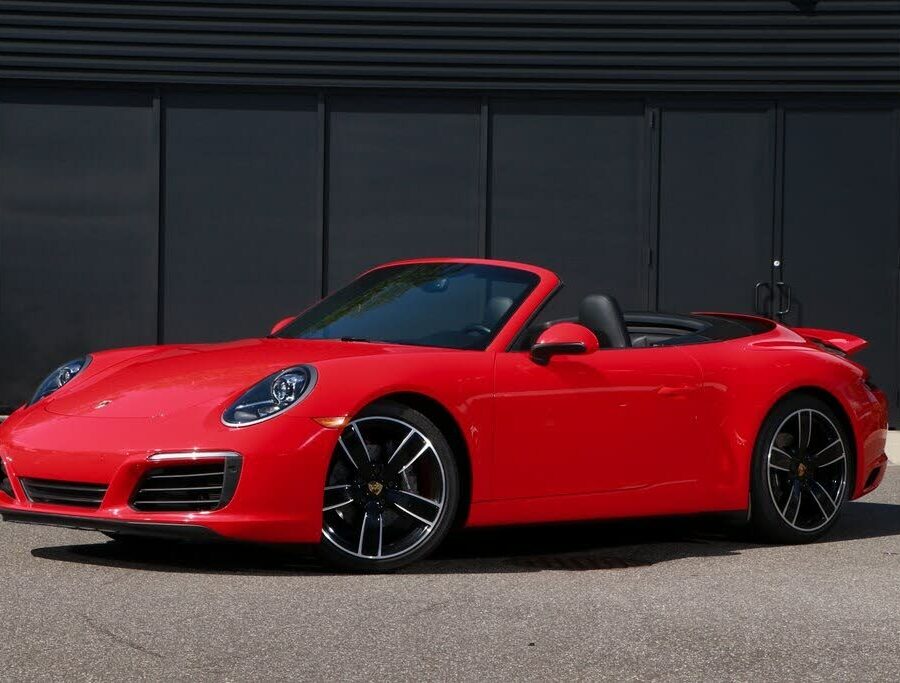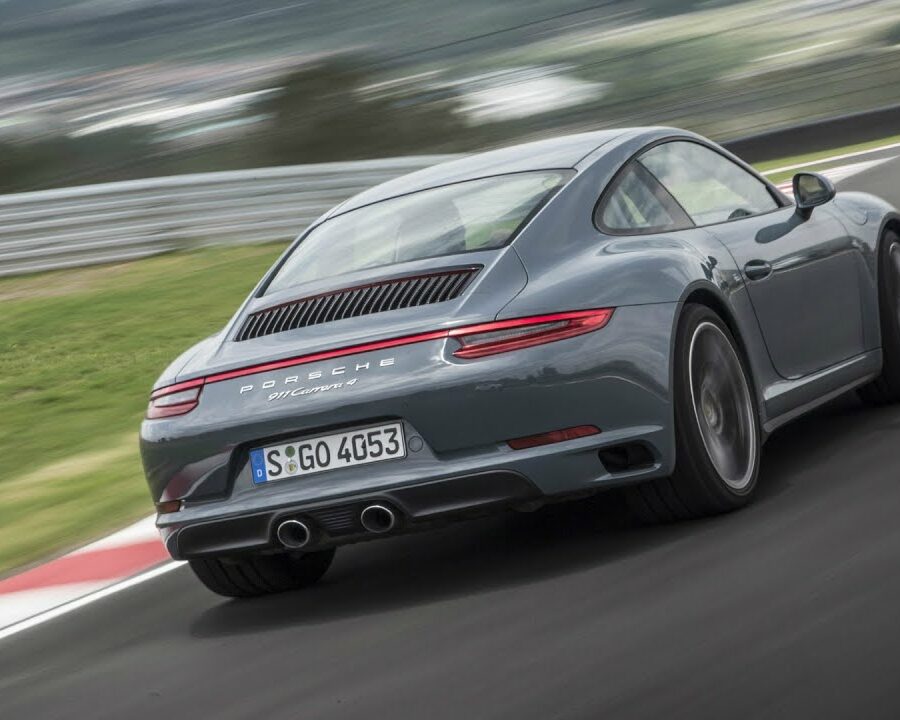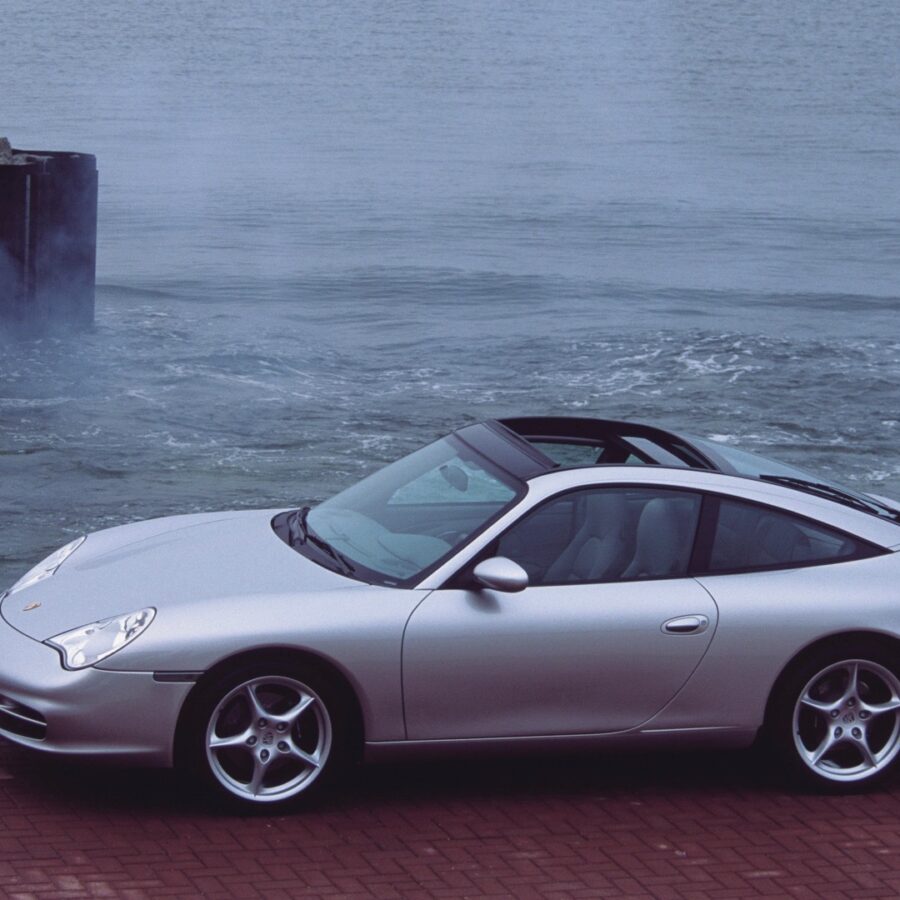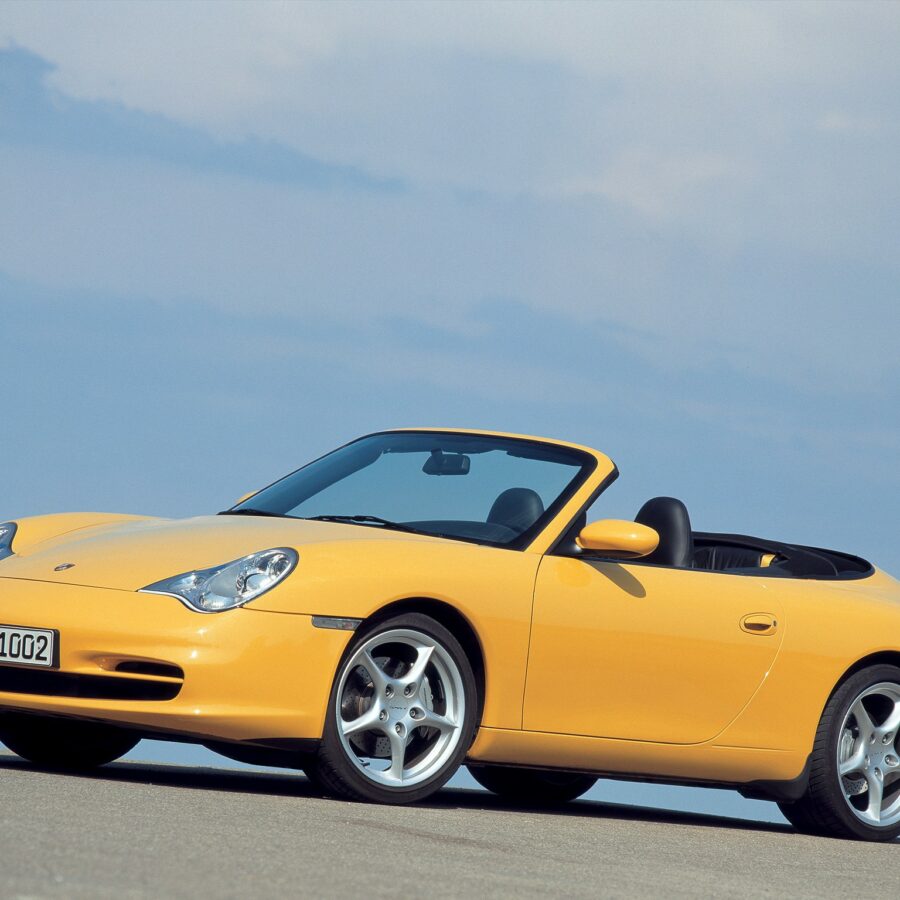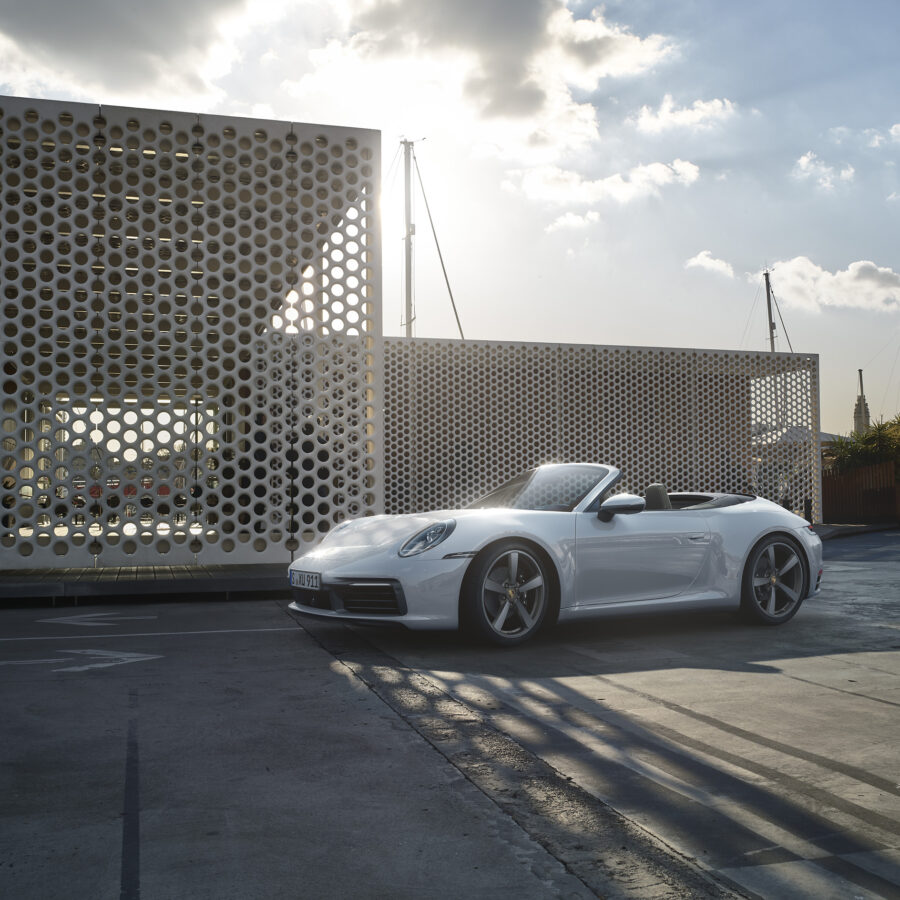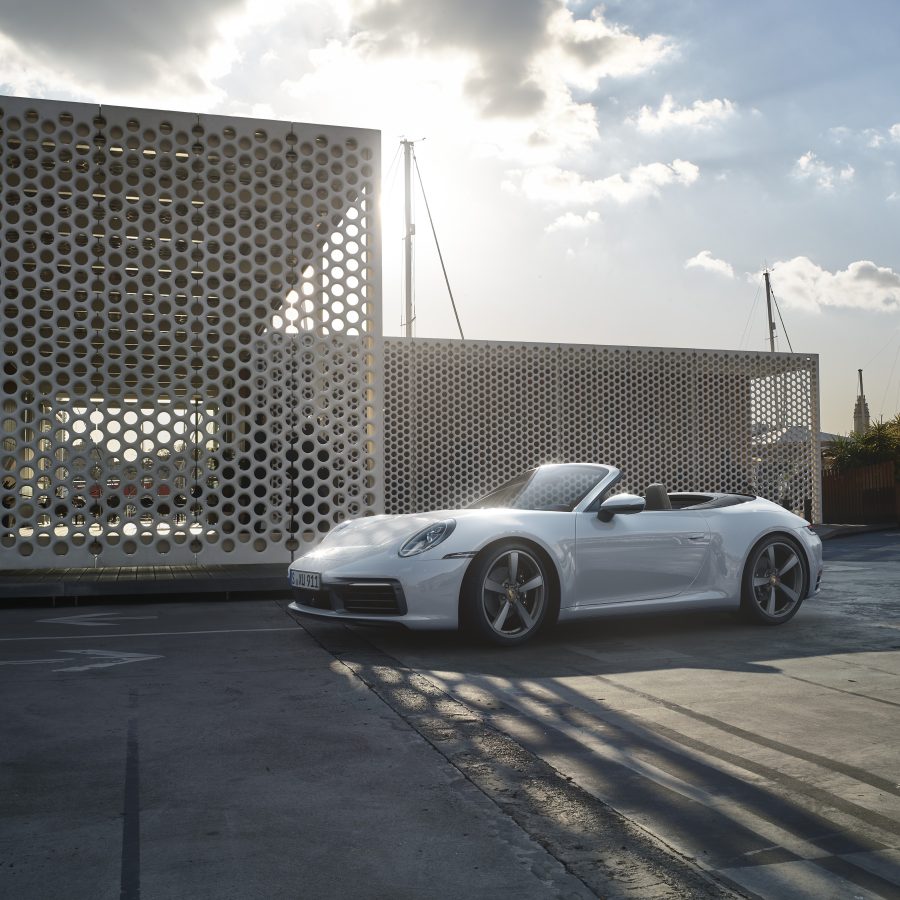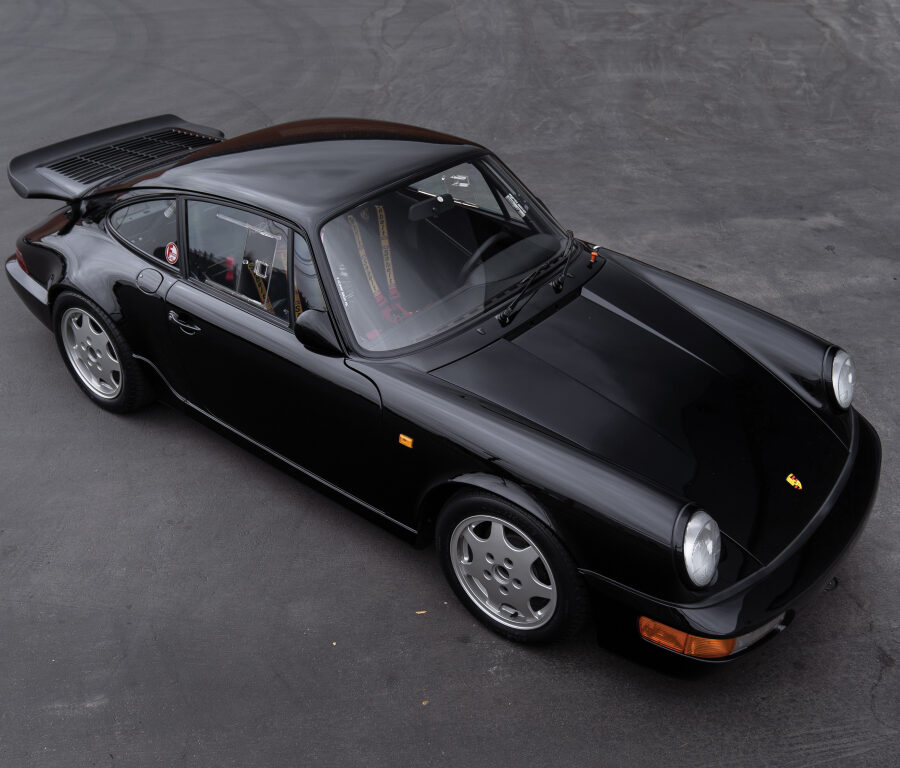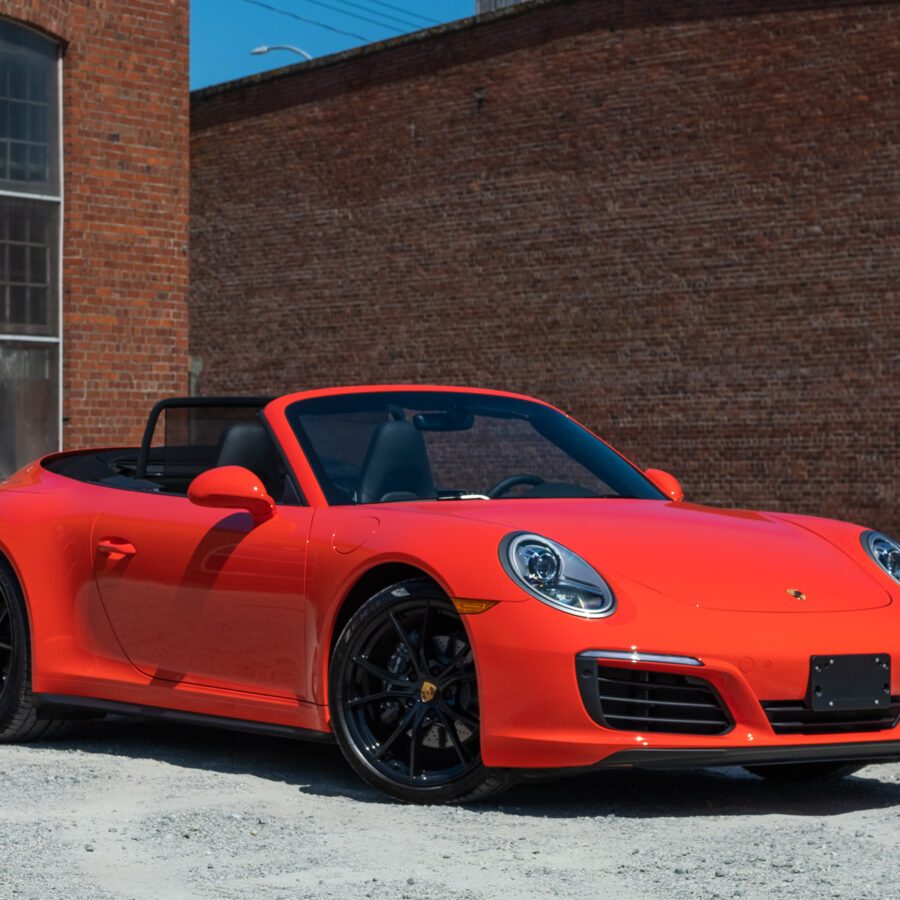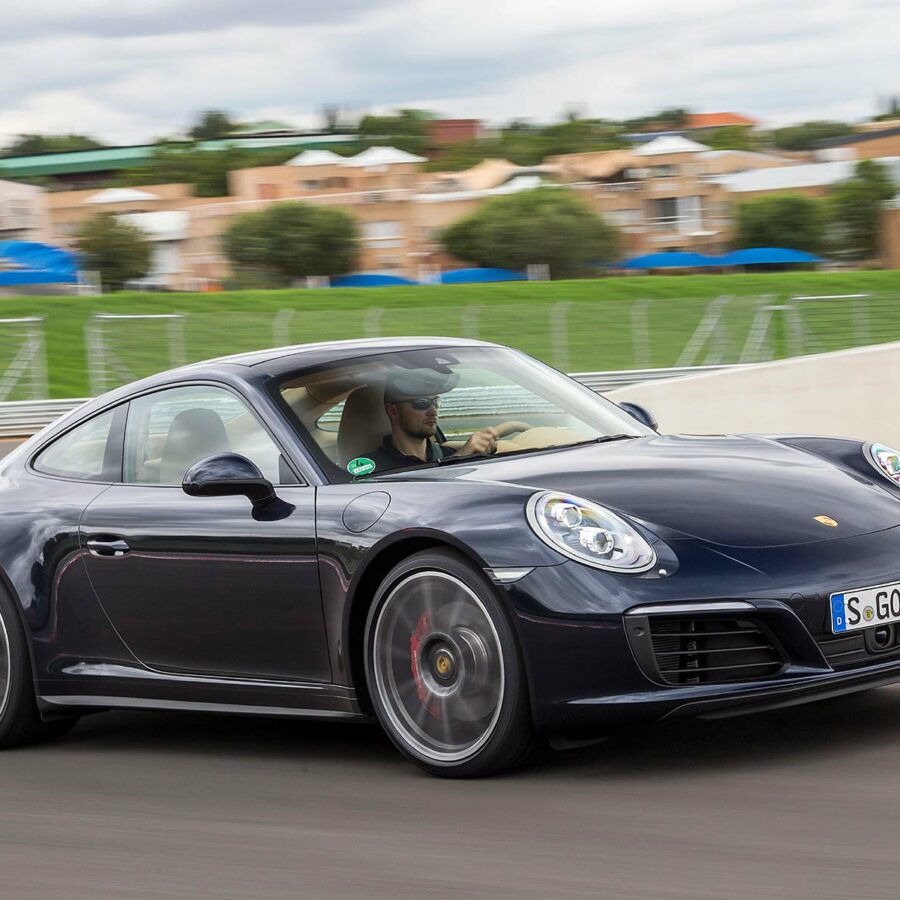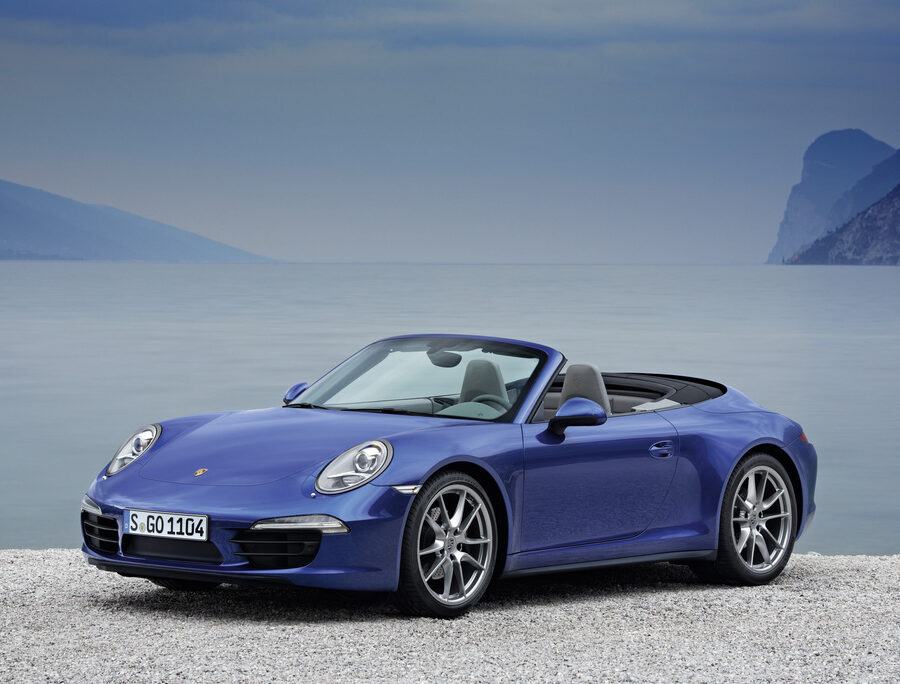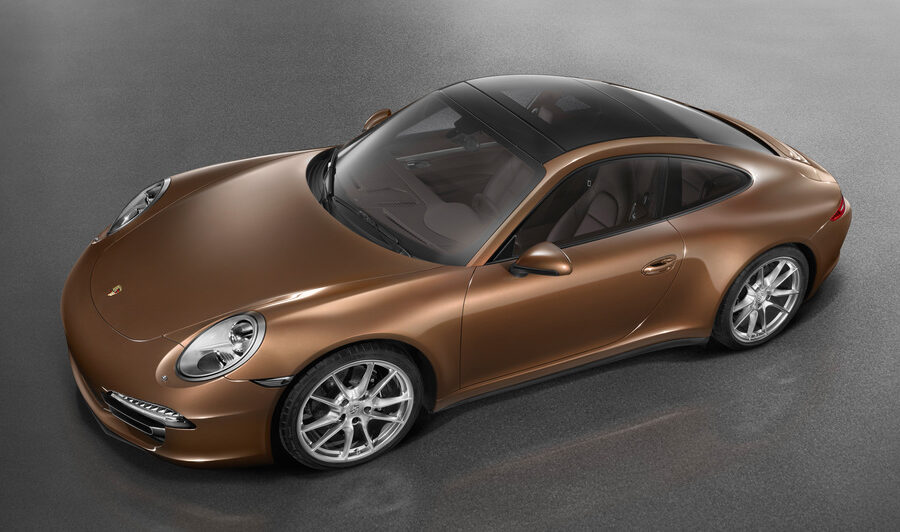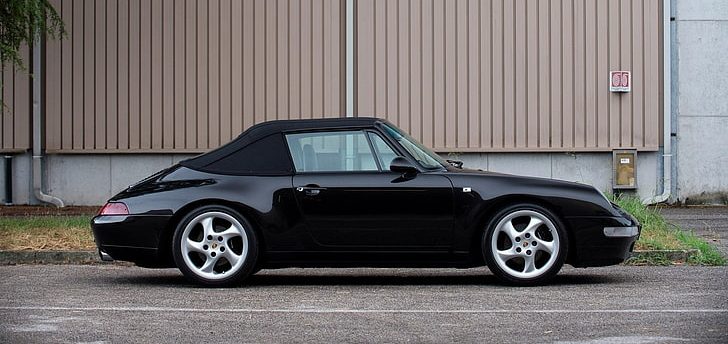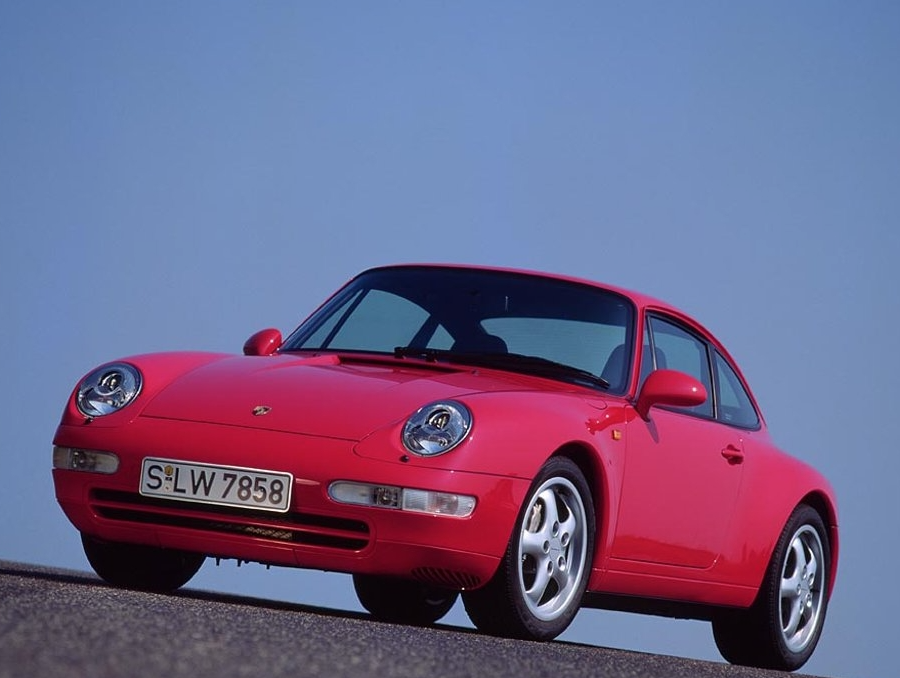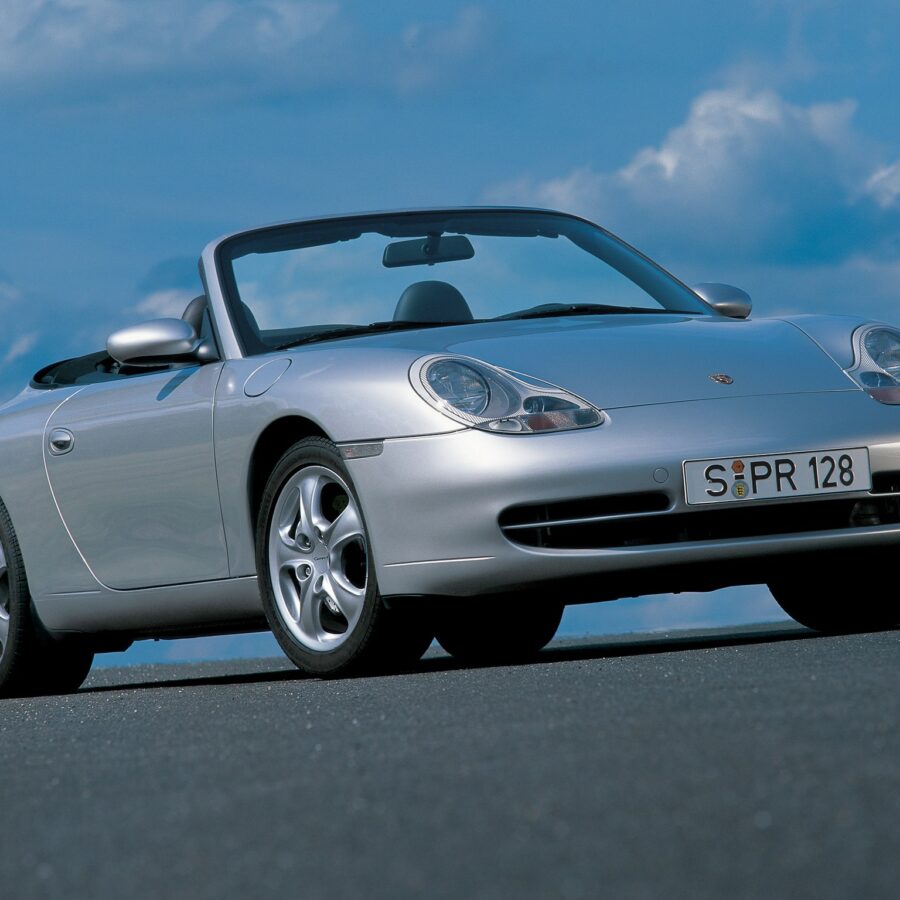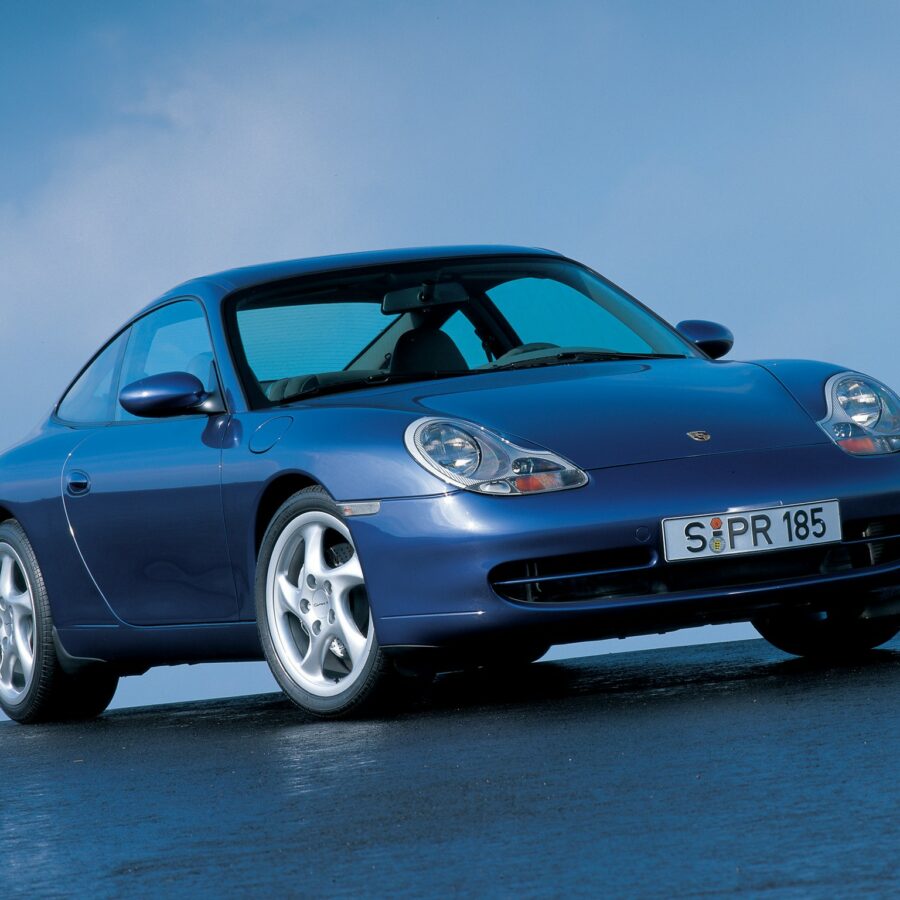Porsche 911 Targa (996.2) (2002 – 2005)
2002 marked the start of the production of the 996 Targa, with a sliding glass "green house" roof
Porsche 911 Carrera 4 Cabriolet (996.2) (2002 – 2004)
The base all-wheel-drive version for the open-top 911 range
Porsche 911 Carrera 4 Cabriolet (992) (2020 – Present)
Twin-turbo flat-six, all-wheel drive safety and a drop top. NICE!!!
Porsche 911 Carrera 4 Coupe (992) (2020 – Present)
In a nutshell, it’s a base-model 911 Carrera with all-wheel drive
Porsche 911 Carrera 4 Leichtbau (964) (1991)
Ultra-rare and super-focused, the 964 C4 Lightweight is arguably peak Porsche 964 Carrera. Just 22 examples were made in 1991.
Porsche 911 Carrera 4 Coupe (991.2) (2016 – 2019)
A fast, do-anything, go-anywhere premium sports car that is perfect for all-weather fun and daily driving
Porsche 911 Carrera 4 Cabriolet (991) (2013 – 2015)
All-weather traction combined with drop top fun
Porsche 911 Carrera 4 Coupe (991) (2013 – 2015)
Uses an all-wheel-drive system based on that of the outgoing 911 Turbo
Porsche 911 Carrera 4 Cabriolet (993) (1995 – 1997)
Porsche heavily revised their four-wheel drive system to distribute power to the front and rear wheels.
Porsche 911 Carrera 4 (993) (1995 – 1997)
Porsche heavily revised their four-wheel drive system to distribute power to the front and rear wheels.
Porsche 911 Carrera 4 Cabriolet (996) (1999 – 2001)
The all-wheel-drive system provides between 5-40% of torque to the front wheels depending on the situation
Porsche 911 Carrera 4 Coupe (996) (1999 – 2001)
Coming soon


